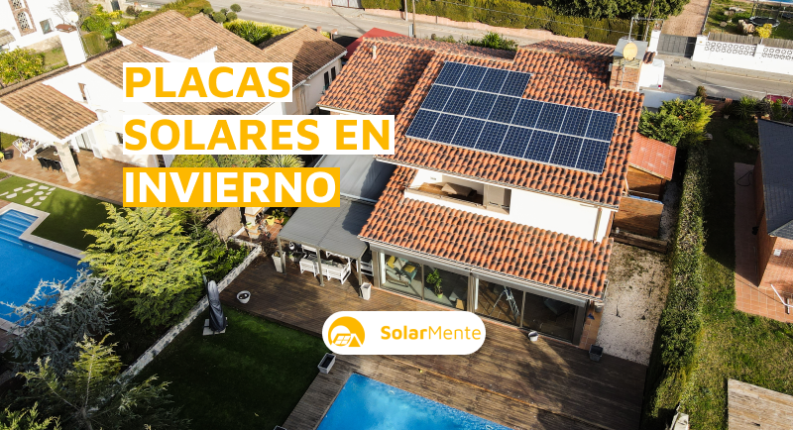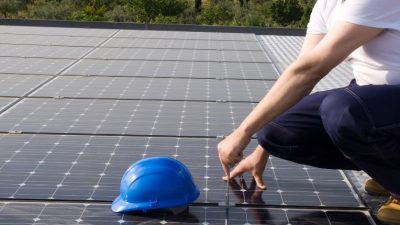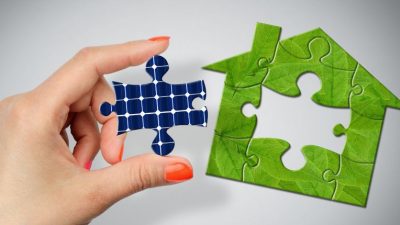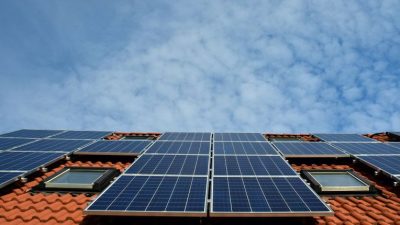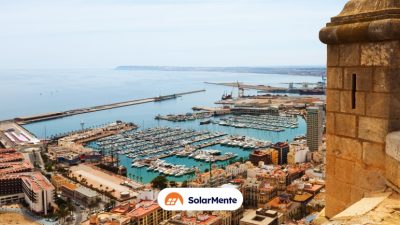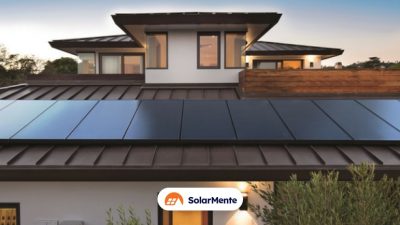We associate the performance of solar panels with heat. The higher the temperatures, the more photovoltaic production will have been generated.
This is one of the most common misconceptions that put the brakes on the use of solar energy.
There are still many doubts about the colder seasons.
So today we will look at how solar panels work in winter, whether they are cost-effective and how much energy they can produce.
Let’s get started!
Let’s get to the point, are solar panels cost-effective in winter?
What actually happens? The photovoltaic production in winter decreases because the amount of sunshine hours received is lower, from an average of 15 hours to about 10 hours during the coldest season.
They have not stopped working during the colder months, in fact, the lower temperatures improve the performance of the system.
What is clear, however, is that energy production will decrease during these months due to reduced sunshine hours. In these cases, the choice of the chosen panel will influence the performance.
However, the profitability is still high and winter should not be a reason not to opt for this clean energy source.
The benefits of solar energy are clear and you can amortise the system in less than 10 years. Now, you are eligible for aid for self-consumption and specific subsidies depending on the municipality where you live.
Does the cold affect our solar panels?
Therefore, in summer, photovoltaic production is high due to the large number of hours of sunshine we have in Spain, but not because of the heat received.
There is an explanation for this: this excess heat causes the voltage in the modules to drop and the panels absorb and channel less energy.
On the other hand, high temperatures can affect performance, reducing efficiency by 10%. So, cold weather has no negative aspects.
And what about rain?
Here we must differentiate between direct light and diffuse (or indirect) sunlight.
With direct light more energy is produced because it is the solar radiation that goes directly from the sun to the surface of the panels. However, diffuse light is scattered by particles in the atmosphere, but still reaches the surface.
Therefore, as long as it is raining or cloudy, the system continues to produce energy and this amount will be affected by the density of the clouds.
Cloudy weather does not impede PV production and we are talking about 10-25% of its capacity.
In addition, rain is quite beneficial because it removes the dust embedded in the plates to remain efficient.
How snow affects the performance of your solar panels: we clear up some myths
The reflective glass causes the snow to melt faster, sliding away so as not to influence the performance of the installation.
In addition, the inclination of the racks means that the snow does not accumulate to a certain point and is therefore unobstructed.
Furthermore, the snow allows sunlight to reflect on the panels, causing the well-known albedo effect, which generates more electricity for domestic consumption.
Maintenance of solar panels in winter: what should I do?
To ensure that the efficiency of the system is not impaired, it is necessary to keep the panels in good condition. In addition, the time required and the cost are reduced.
In addition, silicon is the main component and is characterised by a strong resistance. It maintains the quality of the system, always bearing in mind the adverse climates that may occur.
In this way, more solar energy will be generated and the service life of our photovoltaic system will be extended.
Therefore, cleaning is essential. Three or four times a year is sufficient and parts should be replaced if they are defective.
In the event of prolonged cold spells where snow accumulates more than necessary, it is necessary to pay close attention to ensure that the panels do not become blocked. In these cases, the best option is to remove the snow manually or to have the installation cleaned by specialists so as not to cause damage to the installation.
As far as rain is concerned, you have already bought that you do not have to worry. This phenomenon allows the dirt and dust to be washed off the panels so as not to affect their performance.
How solar batteries can help in winter
When the weather is extreme
Temperatures are becoming more and more extreme due to climate change and it is not so difficult to run out of electricity in a matter of seconds.
In these situations, solar panels allow us to continue enjoying electricity, as well as being clean and inexhaustible.
Storing energy not consumed during daylight hours
Take advantage of this to produce energy during the highest peaks of sunlight and consume it in the hours after.
One more piece of advice: at this time of year it is advisable to take advantage of the first hours of the day to use the appliances that consume the most energy in the house thanks to the clean energy provided by the sun.
It’s time to switch to solar energy
How do we do this at SolarMente? Through a solar subscription model where the initial investment is zero. You will only have to pay a monthly fee to enjoy green and clean energy.

